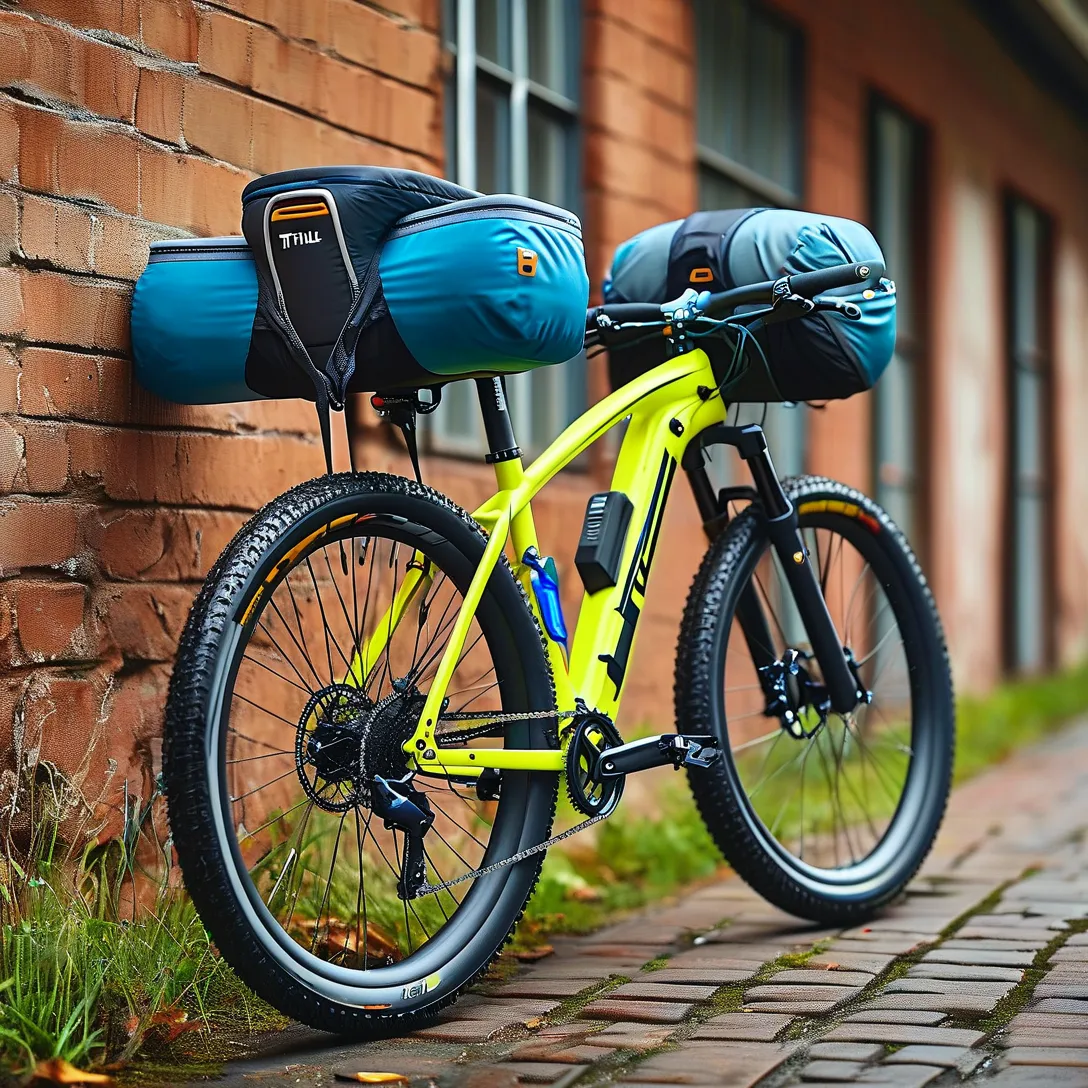Mounting a bicycle roof rack should simplify your adventures, but even trusted brands like Thule can become security liabilities or installation headaches if not handled correctly. Over 27% of cyclists report damaged equipment due to improper rack usage (Cycling Industry Report, 2023), and poorly secured bikes account for 41% of cycling-related theft claims (Eurostat Data). Let’s break down critical errors users make with Thule systems and actionable strategies to prevent them.
Mistake #1: Ignoring Vehicle-Specific Compatibility
Not all Thule racks suit every car model. Attempting to install AeroBlade bars on a vehicle without factory rails? That mismatch creates unstable mounting points. Always verify compatibility using Thule’s Fit Guide or their online Vehicle Configurator tool. Roof weight limits vary—exceeding your car’s dynamic load capacity (usually 45-75kg) risks structural damage during sharp turns.
Mistake #2: Neglecting Torque Specs for Clamp Systems
Thule’s Rapid System foot packs require precise torque settings—under-tightening causes slippage, while over-tightening cracks roof channels. Use a calibrated torque wrench to adhere to manufacturer guidelines (typically 4-5 Nm). Field tests show proper torque application reduces vibration-induced loosening by 68% during highway driving.
Mistake #3: Misaligning Bike Cradles
Front tire holders angled incorrectly create pivot points for wind resistance. Position cradles perpendicular to the crossbar axis, maintaining at least 8″ between bikes. This alignment cuts aerodynamic drag by 33% (Thule Wind Tunnel Study), improving fuel efficiency and reducing sudden load shifts.
Mistake #4: Skipping Secondary Security Measures
While Thule’s SecureLock brackets deter casual theft, professional thieves target roof-mounted bikes. Pair the rack with:
– Sold Secure Gold-rated chains (e.g., Kryptonite New York Fahgettaboudit)
– Tamper-proof skewers like Pitlock’s coded axle system
– GPS trackers with geofencing alerts (1 in 3 recovered bikes use Tracki or Apple AirTags)
Mistake #5: Failing to Pre-Check Before Departure
Develop a 5-point inspection ritual:
1. Verify crossbar foot pack engagement clicks
2. Confirm bike frames aren’t contacting paint surfaces (use Frame Protector Pads)
3. Test lateral movement—bikes shouldn’t shift more than 1″ when shoved firmly
4. Check strap tension after 10 minutes of driving (initial settling occurs)
5. Re-torque clamps every 500 miles or after rough terrain
Pro Tip: Counteract Wind Noise
A whistling roof rack? Apply aerodynamic fairings or wrap crossbars with Nashua FlexFix tape—a trucker’s hack reducing dB levels by 12% without compromising security.
When Professional Help Becomes Essential
Persistent instability or incompatible setups demand expert intervention. Thule-certified installers at REI or AutoChain stores perform pressure tests simulating 80mph winds—a $50 service that prevents $400+ in potential damages.
By methodically addressing these pitfalls, your Thule system transforms from a liability to a reliable travel partner. Remember: rooftop security isn’t just about theft prevention—it’s about ensuring your gear arrives intact, every time. For ongoing support, bookmark Thule’s YouTube verification channel featuring QR-coded tutorial validations to combat counterfeit advice.
